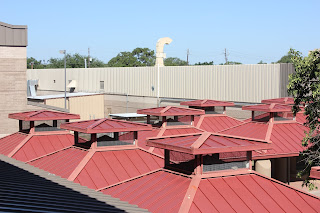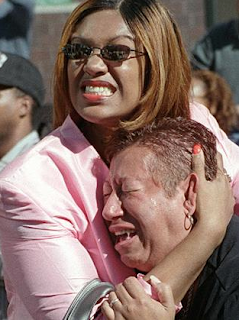Part 1
Q&A
- Christian Rhum has a very unique style that takes famous buildings and presents them in an abstract way. I think it's a very interesting and cool style that captures the viewer's attention.
- I think that he took three different photos of the tower at different angles and then overlapped all three of the photos to create one abstract photo.
- Buildings like the Leaning Tower of Pisa, the Statue of Liberty, and the Empire State Building would all be good places to take abstract pictures like those of Christian Rhum.
Part 2
under construction
Part 3
1. 3 Important Tips for Photographers
1. Leonardo da Vinci's painting of the Mona Lisa shows an excellence example of the connection between the photographer and the subject. The relationship between the photographer and the subject is an essential element to consider because it can effect the result of the picture. The expression on the subject's face and the atmosphere that is conveyed are important elements that can differ depending on the connection.
2. Good pictures have a story. Norman Rockwell's painting, titled The Runaway, shows this. The story behind the photo should clearly tell the viewer what is going on. Sometimes if the story behind the photo is vague, it can capture the viewer's interest.
3. Capture the unexpected. Juxtaposition is an element used in writing and photography. It takes two things that are very unlike and pairs them together to create a powerful and conflicting message. Paintings by Banksy uses juxtaposition a lot to reach out to his viewers.
2. Favorite Painting
This photo, taken by Nick Stern, mimics one of Banksy's paintings of a man dressed in black and throwing flowers. This photo captures the same message that Banksy conveyed through his painting. It uses juxtaposition, pairing a shady figure with a bouquet of flowers in place of what people would normally expect a bomb.
5. I think the style of painting in The Runaway where the story is evident in the picture is something that I will look out for in my future photos because I think it's a very effective style to capture the viewer's attention.
2. Favorite Painting
3 + 4. Real Photo Comparison
5. I think the style of painting in The Runaway where the story is evident in the picture is something that I will look out for in my future photos because I think it's a very effective style to capture the viewer's attention.
















































